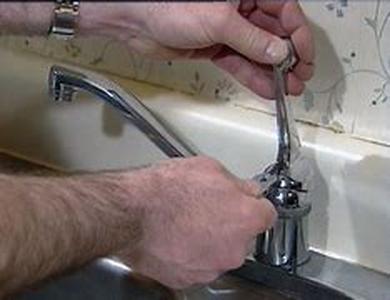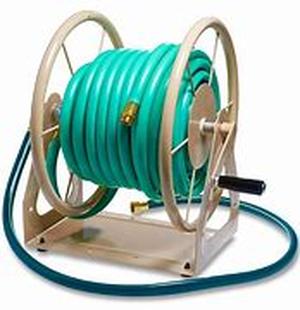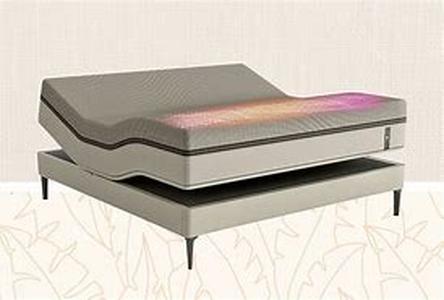
All Home Entertainment Units Have Three Major Components That Are Essential To Creating A Functional Home Theater System. The Main Focus Of Any Theater Is The Television Or Video Display. Sound Quality Is Essential. A Complete Sound System Is Key To Providing The Soul And Voice Of The Theatre. A Source Player Is The Third Element, Providing The Picture And Sound. Cable Or Satellite TV Is Standard In Most Homes But DVD And Other Players Are Also Added To Expand The Usefulness Of A Home Theater. It Is These Three Major Pieces Of Electronic Innovation That Make Watching A Movie, Playing The XBox Or Listening To A Favorite CD Enjoyable And Worthwhile. BVisual ElementbbrThere Are Video Display Options Available To A Home Depending On Budget And Preferences. BemRear Projection Television.bem Television Technology Has Been Based On The Cathode Ray Tube (CRT) Up Until The 21st Century. In A Rear Projection TV, There Are Three Tubes, Each Representing One Of The Primary Colors. This Colors Mix Along With Quality Wiring And A Good Screen, Provide A Very High Resolution Picture. Manufacturers Are Starting To Drop Rear Project Televisions From Their Product Lines However. Research Your Manufacturers Warranty Before Purchasing A Rear Projection Television To Make Sure That Customer Service And Repairs Will Be Available Down The Line. BemLiquid Crystal Display (LCD) Television.bem An LCD TV Can Be Found As Both A Rear Projection And As A Flat Screen. LCD Rear Projection TVs Are Much More Compact Than Their CRT Cousins And Use Less Power. I Have Written About LCD Televisions Extensively In Other Articles So I Will Forego Further Explanation Here. BemPlasma Screen Televisions.bem In This Technology, Different Gases Are Trapped Between Two Panes Of Glass And An Electronic Signal Can Modify Them To Allow Them To Display A Picture. These Televisions Are Produced With A Sleek Thin Design And Can Produce Excellent Resolution.No Matter Which Video Display You Are Leaning Toward, Make Sure To Measure The Area You Want To Put The TV So It Fits When You Bring It Home. Also Look Into Whether The Screen Is Able To Handle High Definition (HD) Television And DVDs. BAudio ElementsbbrThe Sound System Is Going To Make A Huge Difference In The Enjoyment And Functionality Of Your Home Theater. A Good Audio System Includes The Following Elements:bemReceiver.bem This Component Takes The Audio Signal, And Often The Video Signal, And Distributes It To The Proper Part Of Your System. BemAmplifier.bem This Component Is What Increases The Signal Strength Before It Is Sent To The Speakers. Often Times, A Purchased Receiver Will Have An Amplifier Already Built Into It, Making An Additional Piece Of Equipment Unnecessary. BemSurround Sound Speakers.bem Standard Speaker Sets Of Five Are Typical For Most Home Theaters. There Is A Center Channel, A Right Front, Right Rear, Left Front And Left Rear. These Different Speakers, When Properly Positioned, Make The Sound Come From The Appropriate Direction. BData Signal SourcebbrA Basic DVD Player Is A Standard Signal Source In Most Theater Systems. The Signal Information Sent From The Player Contains The Video Data As Well As Your 5.1 Surround Sound. Your Cable Box Or Digital Satellite Is Also Signal Sources For A Home Theater. These Sources Can All Be Used In One System With The Proper Wiring And Remote Programming. Ben Anton, 2008





